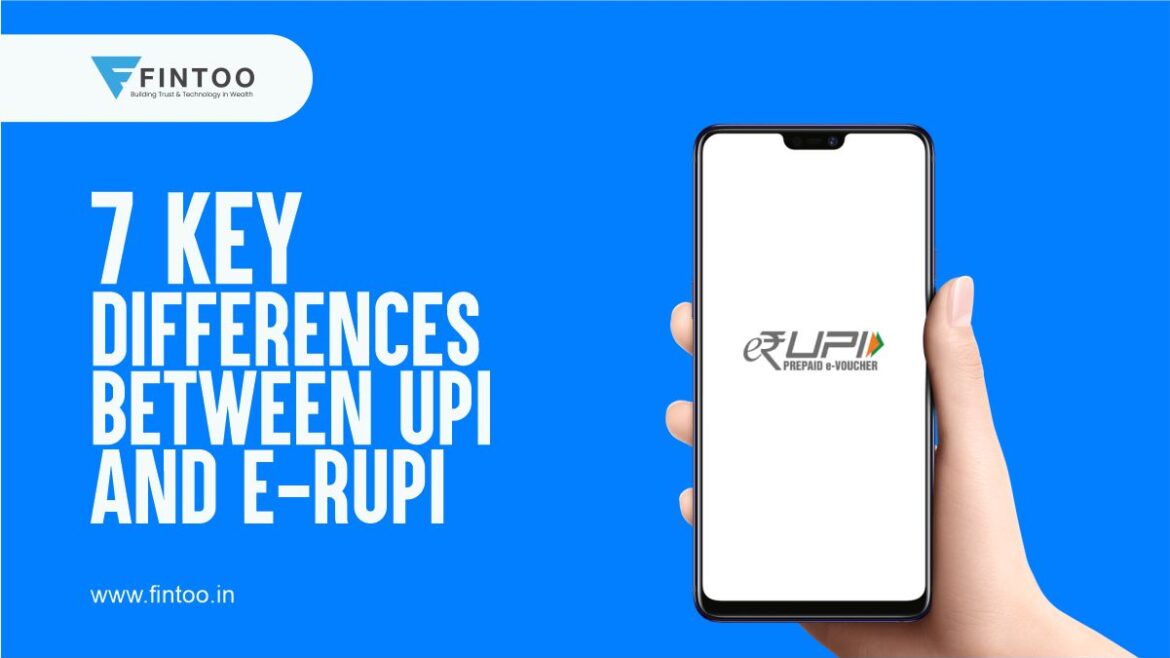

In the constant progress towards expanding the ‘Digital India’ movement, the government of India is also focusing extensively on digitizing the economic aspects. From introducing digital banking facilities to popularizing the UPI payment system, the steps taken by the Indian government to revolutionize the Indian economy have received an overwhelming response from people across the country.
Taking the process of innovation a step ahead, the Reserve Bank Of India (RBI) recently launched India’s first-ever digital currency – e-RUPI. Along with its launch, the RBI also initiated a pilot project to check the effectiveness of e-RUPI and understand the people’s response towards it. This pilot project is going to be carried out in four cities, namely, Mumbai, New Delhi, Bengaluru, and Bhubaneshwar. And once the RBI analyzes the responses, the e-RUPI will eventually be made available to all the residents across the country.
While a major part of the population has already accepted the UPI to make and receive payments, how will the use of e-RUPI will be different, and what exactly are the differences between the UPI and e-RUPI;
e-RUPI Is A Currency, And UPI Is A Payment Platform:
The most important point that differentiates e-RUPI from UPI is that the e-RUPI is a digital currency that is officially recognized and supported by the RBI. On the other hand, UPI is only a payment platform that facilitates monetary transactions from one bank account to another.
No Need To Have A Bank Account:
As the UPI platform is only a mediator that facilitates the transfer of money from one account to another, it becomes important for a person to have a bank account to use UPI to either send or receive money. However, as e-RUPI is a digital currency or a legal tender itself, the person does not need to have a bank account to be able to make a payment or receive it in the form of e-RUPI.
Moreover, unlike the UPI, where your money is stored in a bank, e-RUPI is stored in your mobile wallet, and when you make a payment, the e-RUPI is transferred from your wallet to their wallet.
You Can Withdraw Cash With e-RUPI, But Not With UPI:
While UPI does not allow you to withdraw cash, you may be able to withdraw cash using the e-RUPI balance in your wallet, and the process could be as easy as withdrawing cash from an ATM. However, it is not yet clear whether the user will or will not be required to link their bank account with their e-RUPI wallet to withdraw the money from the wallet.
Minimum Tax Intervention:
Considering the equal value of e-RUPI and Rupee in physical currency, the RBI has announced that the lenders i.e. the banks giving e-RUPI, are not required to track or report low-value transactions made via e-RUPI.
Thus, it is believed that just like cash transactions, even e-RUPI transactions under Rs. 50,000/- may not require the customer to disclose their PAN, and also the transactions under Rs. 2,00,000/- may not require to be reported for tax purposes.
One Person, One ID:
Unlike the UPI, where a person can get multiple UPI IDs for each of their connected bank accounts or platforms, the e-RUPI wallet is believed to have only one wallet ID for all platforms to ensure transparency and uniformity.
Transactions Without Internet And Smartphone:
The use of UPI requires internet connectivity and a smartphone and considering that several remote areas across the country with limited access to internet connectivity along with the number of people who do not use a smartphone, the RBI has made exclusive provisions that will facilitate the e-RUPI transactions via SMS.
This will undoubtedly increase the geographical reach and user base of the e-RUPI by benefiting the audience that is still untapped by UPI.
Anonymity:
Apart from all the positive points about the e-RUPI, the RBI’s statement to the banks with regards to the anonymity of the e-RUPI transactions below Rs. 50,000/- has become a point of discussion among the experts. While some believe that offering a particular level of anonymity is required to protect the personal information of the user while performing transactions of smaller denominations, some believe that providing anonymity may lead the e-RUPI to be also used for illicit purposes.
Thus, it is important to use the principle of Managed Anonymity in order to maintain a desirable balance.
Conclusion:
Looking at the differences between UPI and e-RUPI, it is obvious that e-RUPI has included several features that UPI still lacks, and this could possibly give e-RUPI an added advantage. Moreover, as e-RUPI is introduced by the RBI itself, it undoubtedly brings in a great amount of trust.
However, as the use of e-RUPI is still in the pilot stage, the results of analysis post the pilot stage, along with the discussions related to the ideal level of anonymity, it is believed that the RBI may make a few changes post the pilot stage.
Disclaimer: The views expressed in the blog are purely based on our research and personal opinion. Although we do not condone misinformation, we do not intend to be regarded as a source of advice or guarantee. Kindly consult an expert before making any decision based on the insights we have provided.
Related Posts
Stay up-to-date with the latest information.


